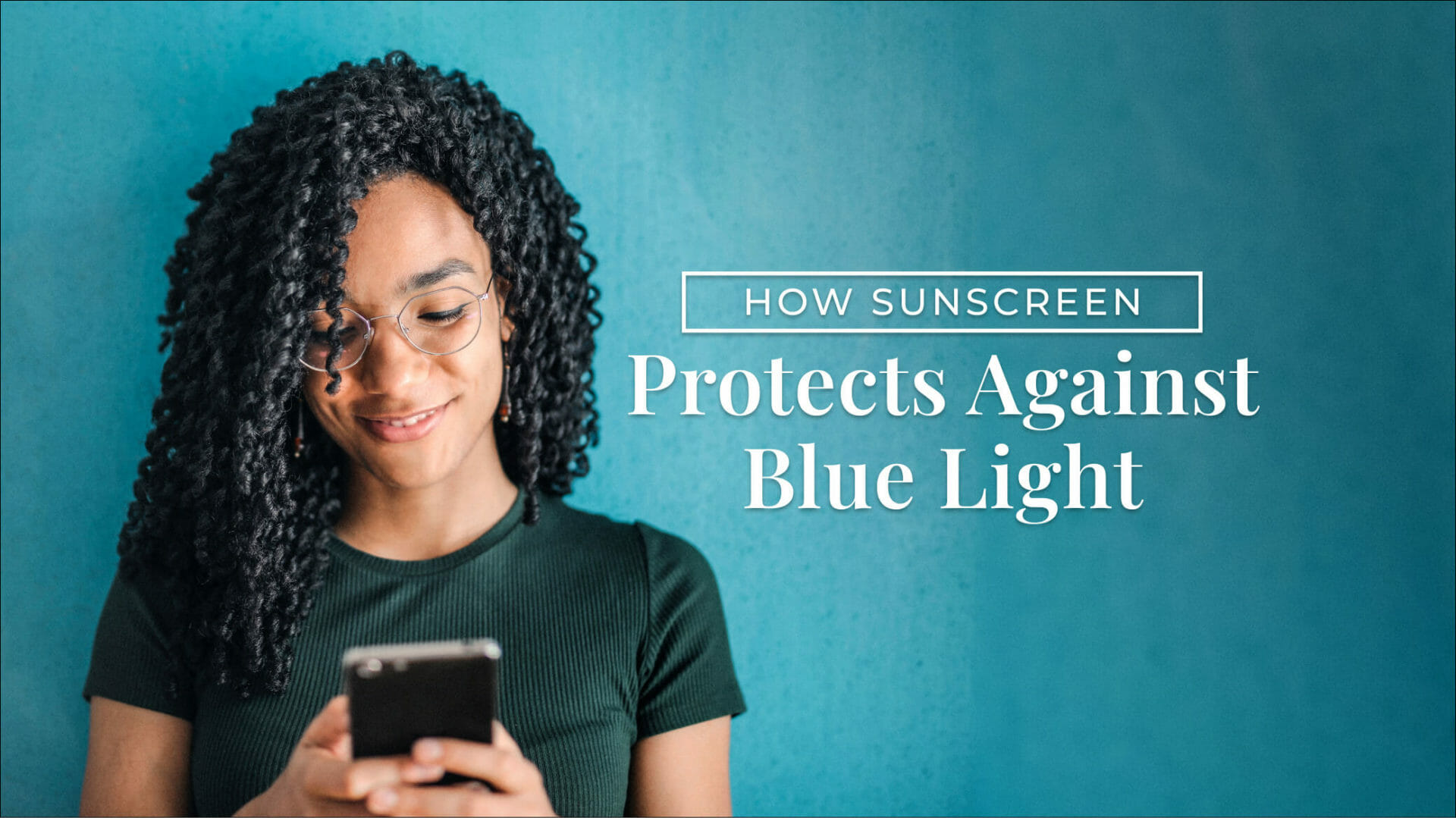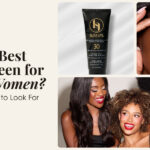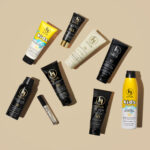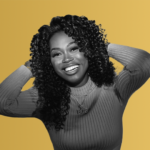May Is Skin Cancer Awareness Month
In the United States, skin cancer is the most common form of cancer. The Skin Cancer Foundation reports that 1 in 5 Americans are diagnosed with skin cancer annually (that’s roughly 5 million cases!), which is the highest rate of diagnoses among Americans than any other type of cancer combined. While there are three…





